#red elderberry
Text
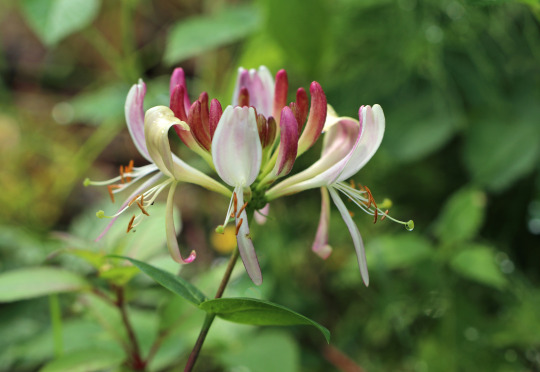

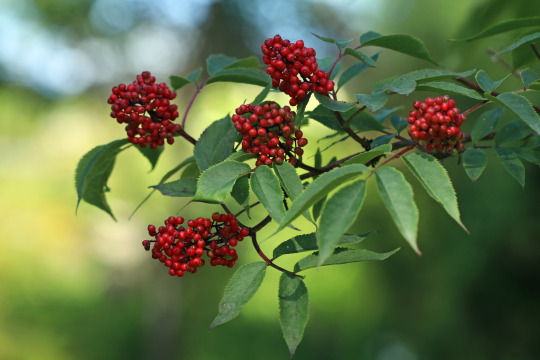
In the garden. Värmland, Sweden (July 14, 2016).
337 notes
·
View notes
Text
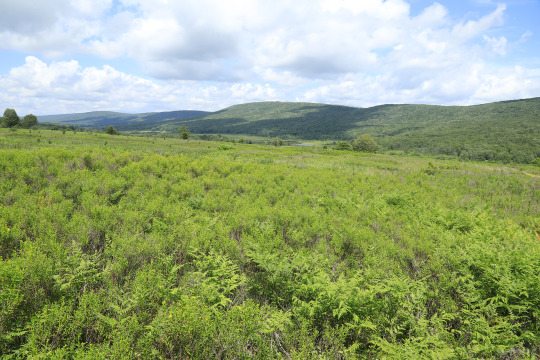
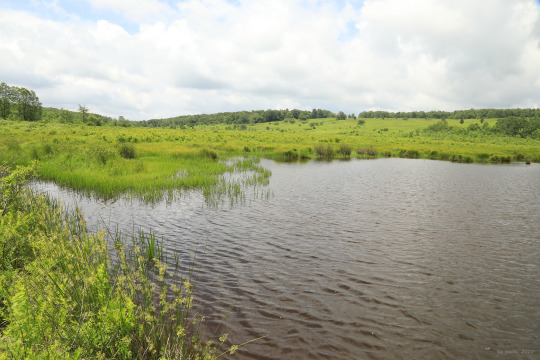


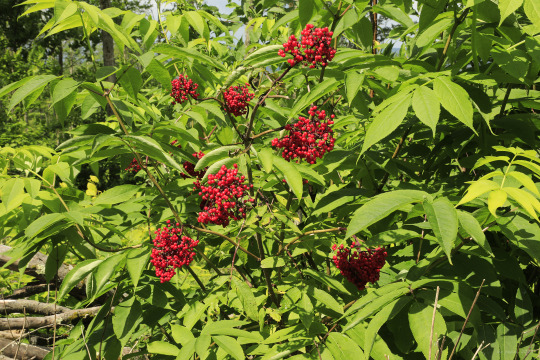
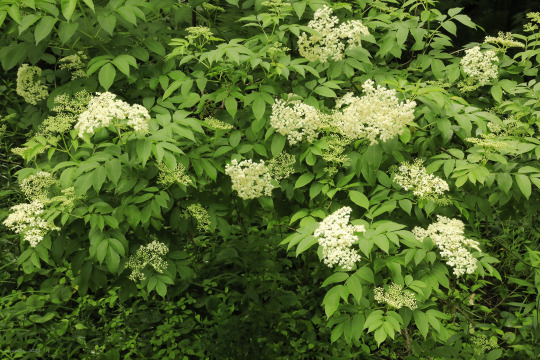


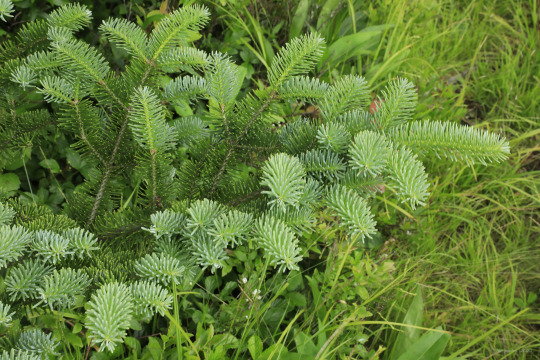


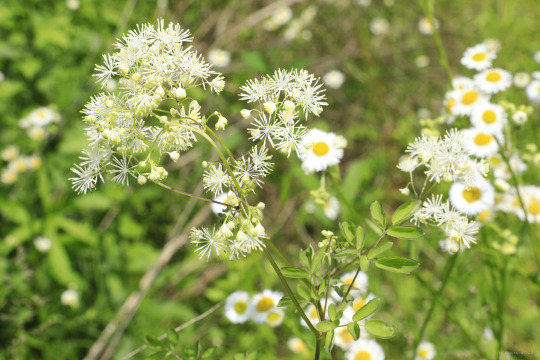

The northern end of Canaan Valley is characterized by regenerating northern hardwood forests interspersed with red spruce, open fields converting from pasture to heath, and beaver-curated wetlands. When the first white settlers arrived in the mid-1800's, the valley was a nearly impenetrable wilderness composed of mud-sucking "muskegs", gnarly rhododendron thickets, and monstrous stands of red spruce and eastern hemlock. Within 50 years, it was all gone, cut over and burned down down to bare rock. Salvation for this "Land of Canaan" has only recently come in the form of the Canaan Valley National Wildlife Refuge, which has set about the painstaking restoration of the valley's diverse (and occasionally threatened or endangered) plant and animal communities, some reaching their southernmost limits in these mountains.
From top: a view toward Cabin Mountain from Middle Ridge, whose open flank is overrun by lowbush blackberry, mountain laurel, bushy St. John's wort, bracken fern, and dotted hawthorn; several of the beaver-engineered wetlands, a mecca for birdwatchers from throughout the Mid-Atlantic region; the blazing red berries of red elderberry (Sambucus racemosa), a hugely important food source for local wildlife; the fanning white corymbs of American black elderberry (Sambucus canadensis), which comes into bloom about two months after red elderberry; quaking aspen (Populus tremuloides), whose delicate leaves flutter in unison at the slightest breeze; a beautiful young Canaan fir (Abies balsamea var phanerolepsis), a subspecies of balsam fir whose fragrant, blue foliage and high needle retention have made it increasingly popular as an ornamental; a lovely patch of hairy hedge nettle (Stachys hispida), a stately native mint; tall meadow rue (Thalictrum pubescens), a wetlands-loving perennial that clumps impressively along streambanks and bog margins; and lowbush blueberry (Vaccinium angustifolium), whose berries are just now starting to ripen.
#appalachia#vandalia#west virginia#wildflowers#flora#allegheny mountains#canaan valley national wildlife refuge#canaan valley#wetlands#beaver ponds#red elderberry#red-berried elder#american black elderberry#canada elderberry#quaking aspen#canaan fir#hairy hedge nettle#tall meadow rue#king of the meadow
73 notes
·
View notes
Text

Landscape Language
Cyme (noun) – inflorescence with flowers on the ends of branching stems
A more complicated type of inflorescence, or flower structure, is a cyme. Cymes have a flower at the end of each growing point. New flowers grow from side shoots with the oldest flowers at the top or center of the inflorescence. Red elderberry (Sambucus racemosais) a tall shrub with cyme flowers that turn into clusters of bright red berries. This plant does well in the shadowy forests found at lower elevations in Mount Rainier National Park.
NPS Photo of red elderberry blooming in the Carbon River area, May 2016. ~kl
49 notes
·
View notes
Photo

Sambucus racemosa, red elderberry in flower
6 notes
·
View notes
Text

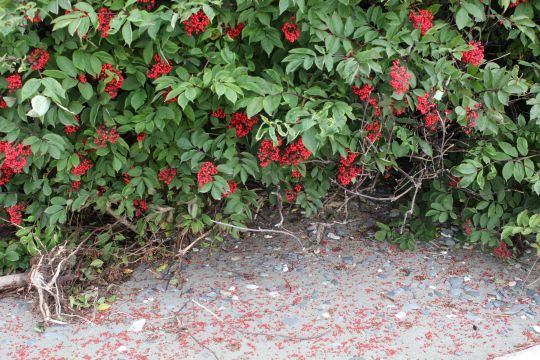
9 notes
·
View notes
Text
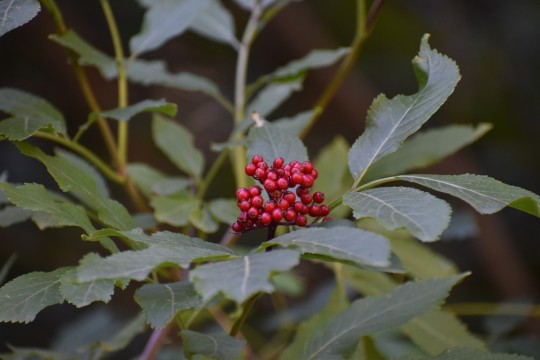
Red Elderberry
7 notes
·
View notes
Text

Red elder, or common elder, or racemose elder (Latin Sambúcus racemósa), is a deciduous woody plant known for its red fruits and characteristic unpleasant odor of leaves and flowers.
The species is widely distributed in the Northern Hemisphere in temperate regions — both in Eurasia and in North America. It is cultivated as an ornamental garden plant. Flowers and fruits are used in folk medicine, branches are used to scare away mice.
Interesting!
Tincture of flowers, for colds;
jelly as a laxative;
10 notes
·
View notes
Text


I love this little park at all times of the year, but you can’t beat spring. the red elderberry flowers smelled so nice 🥰
7 notes
·
View notes
Text

After the Rain
What do you think about my pic?
#Sambucus racemosa#Red Elderberry#water drops#travel#original photography#vacation#tourist attraction#nature#flora#berry#green leaves#Skeena Region#British Columbia#Canada#summer 2023#countryside#close up#detail#landmark#landscape#flower#BC#photo of the day#What do you think about my pic?#green
1 note
·
View note
Text

0 notes
Text

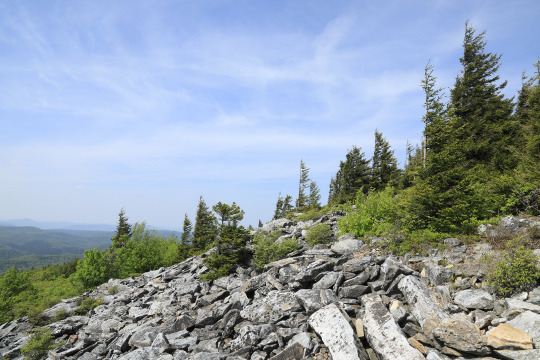
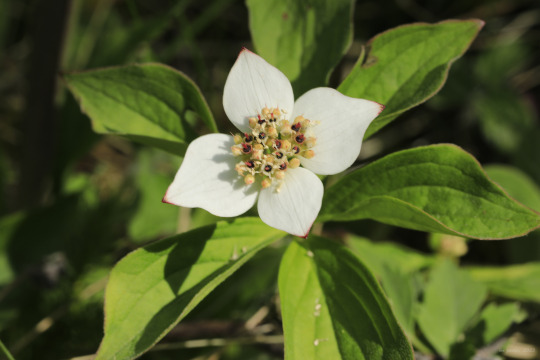
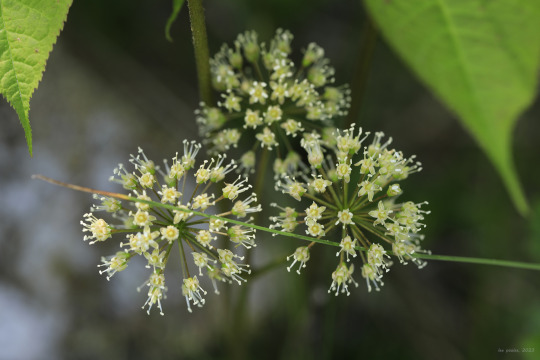
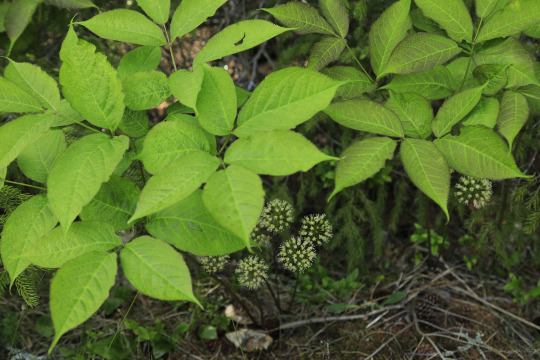
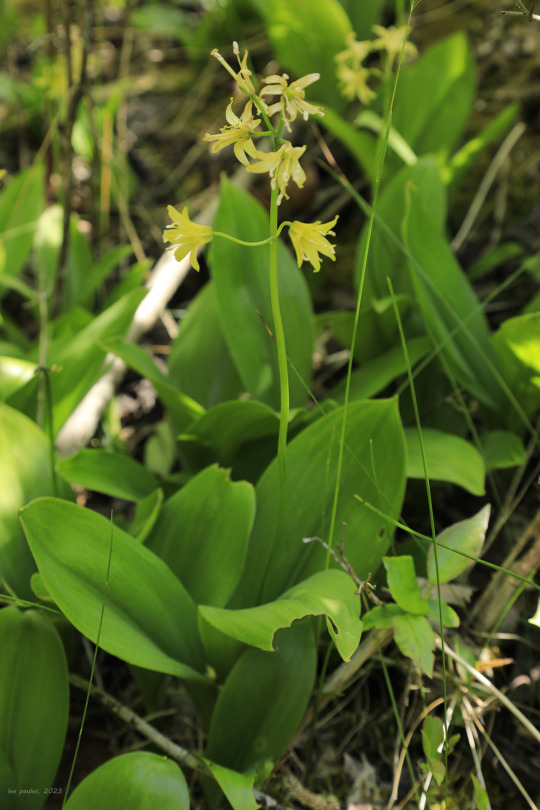
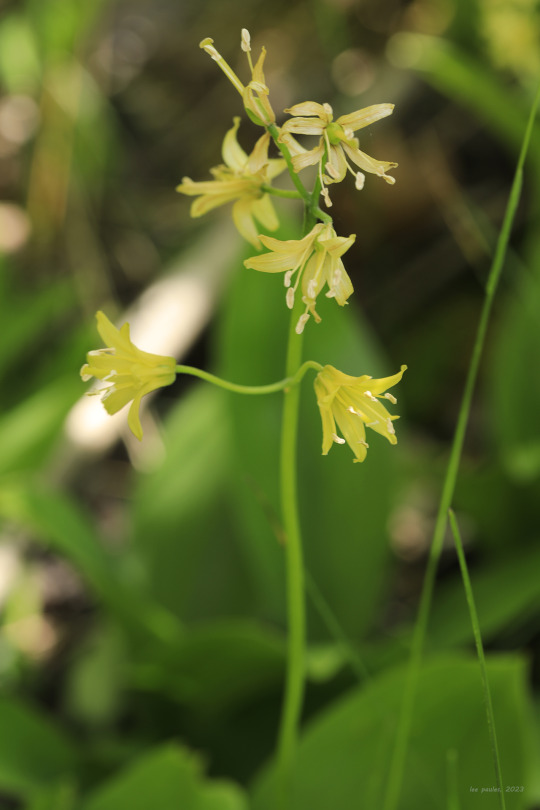
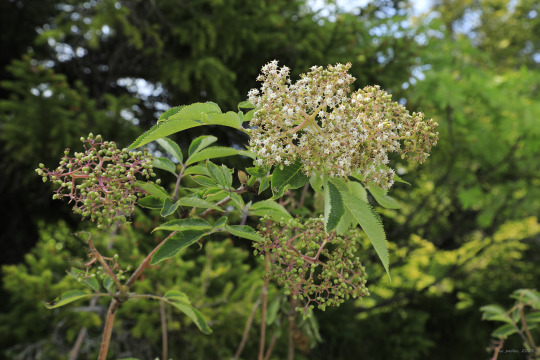
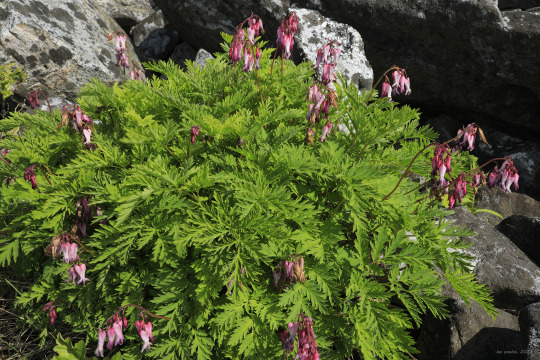



Day Date at Spruce Knob-Seneca Rocks National Recreation Area, Part 2. Gorgeous late spring day on the summit of Spruce Knob.
From top: View from the main overlook toward North Fork Mountain; flagged red spruce and broken Pottsville sandstone on the western-facing slope of the mountain; a close-up of a bunchberry (Cornus canadensis) "flower", characterized by four white bracts surrounding a mound of true, white to purplish flowers that will soon be replaced by edible, bright red berries; the ball-shaped, greenish-white flowers of wild sarsaparilla (Aralia nudicaulis), which cluster under the plant's umbrella-like leaves; the elegant yellow flower stalk of yellow Clintonia (Clintonia borealis), also known as bluebead lily for the porcelain blue berries that follow the flowers in late summer; a late-flowering red elderberry (Sambucus racemosa var. racemosa), also known as red-berried elder and scarlet elder, typically one of the first plants to bloom in Appalachia's higher elevations; fringed bleeding heart (Dicentra eximia), also known as turkey corn, a gorgeous perennial wildflower of Appalachia's higher mountains, much loved for its extended bloom time from spring through fall; and early azalea (Rhododendron prinophyllum), also known as roseshell azalea, a tall, hardy shrub that loves the acidic soil of the Appalachian highlands.
#appalachia#vandalia#west virginia#wildflowers#spring#flora#allegheny mountains#monongahela national forest#spruce knob#spruce mountain#bunchberry#canadian dwarf cornel#creeping dogwood#wild sarsaparilla#false sarsaparilla#yellow clintonia#bluebead lily#red elderberry#red-berried elder#scarlet elder#fringed bleeding heart#turkey corn#early azalea#roseshell azalea
35 notes
·
View notes
Text

Hue XXV
Portrait for the most wonderful Samyena, thank you so much again! <3
47 notes
·
View notes
Photo
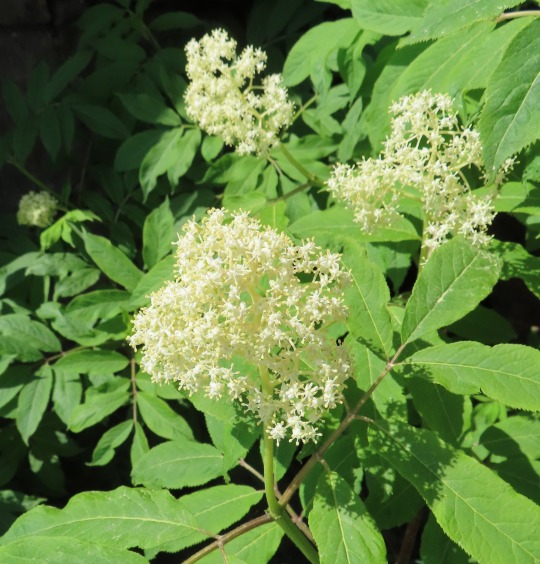


Sambucus racemosa var. racemosa (Pacific red elderberry)
Pacific red elderberry is a subspecies of the red elderberry, Sambucus racemosa, a native plant found in Europe, Asia and North America. Pacific red elderberry is one of eight subspecies and grows all along the west coast including Vancouver. This healthy specimen has found itself a nice, little rock grotto on the seawall in Stanley Park. As the name implies, in the autumn this shrub will be festooned with bright red elderberries.
#flowers#photographers on tumblr#Pacific red elderberry#native plants#Stanley Park#fleurs#flores#fiori#blumen#bloemen#Vancouver
68 notes
·
View notes
Text
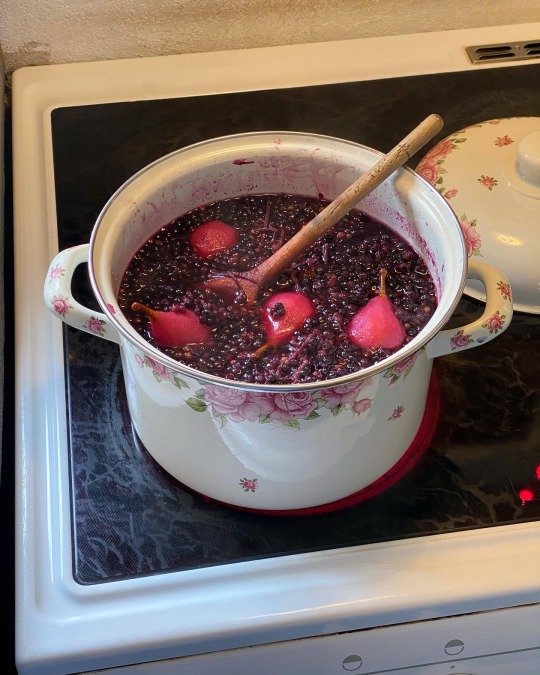
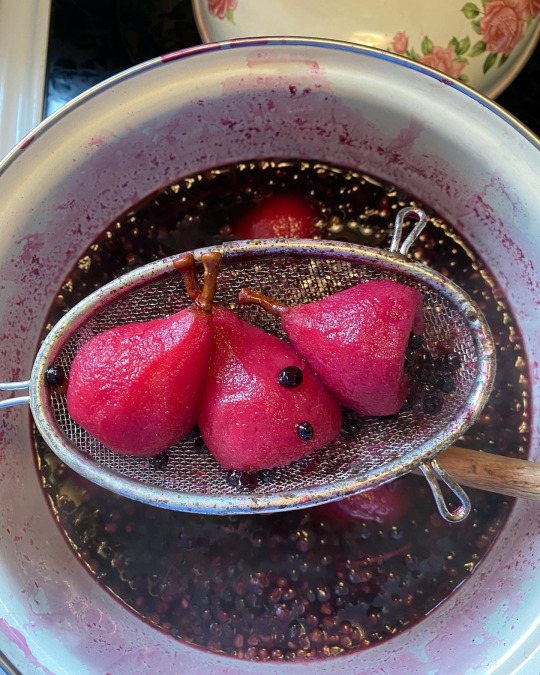

https://www.instagram.com/p/CixMBjwjCU1/
166 notes
·
View notes
Text
autumn beauty: PNW version


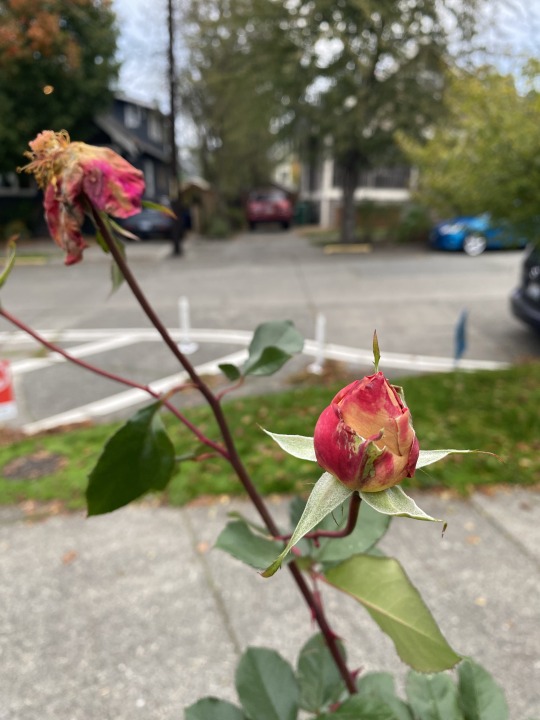
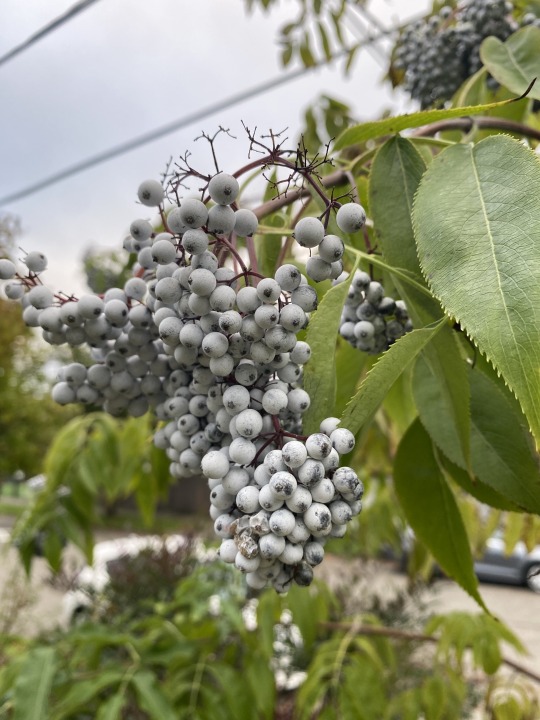
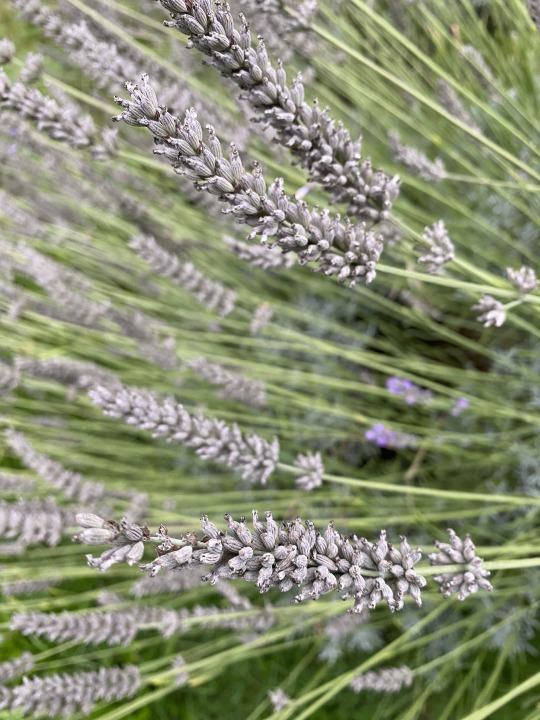

#northern hemisphere autumn#tis the season for berries + leaves turning colours#those red leaves?! blueberry bush#a few scraggly roses#elderberries#lavender#beauty berry#(no idea what the formal name is but i bet bishy will!)#urban nature#nature heals#foxy takes pics#callicarpa#that’s what they’re called!
25 notes
·
View notes
Photo
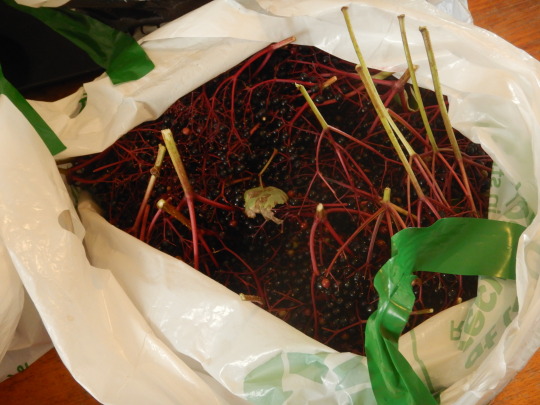






made a big batch of elderberry cordial for the winter with my mum (its the only thing that helps my asthma). the recipe is elderberries sugar water and vinegar put it in a pot
#RED HANDS RED HANDS RED HANDS#not the hills hoist and the gum trees...#my photos#elderberries#my face#food#f
36 notes
·
View notes